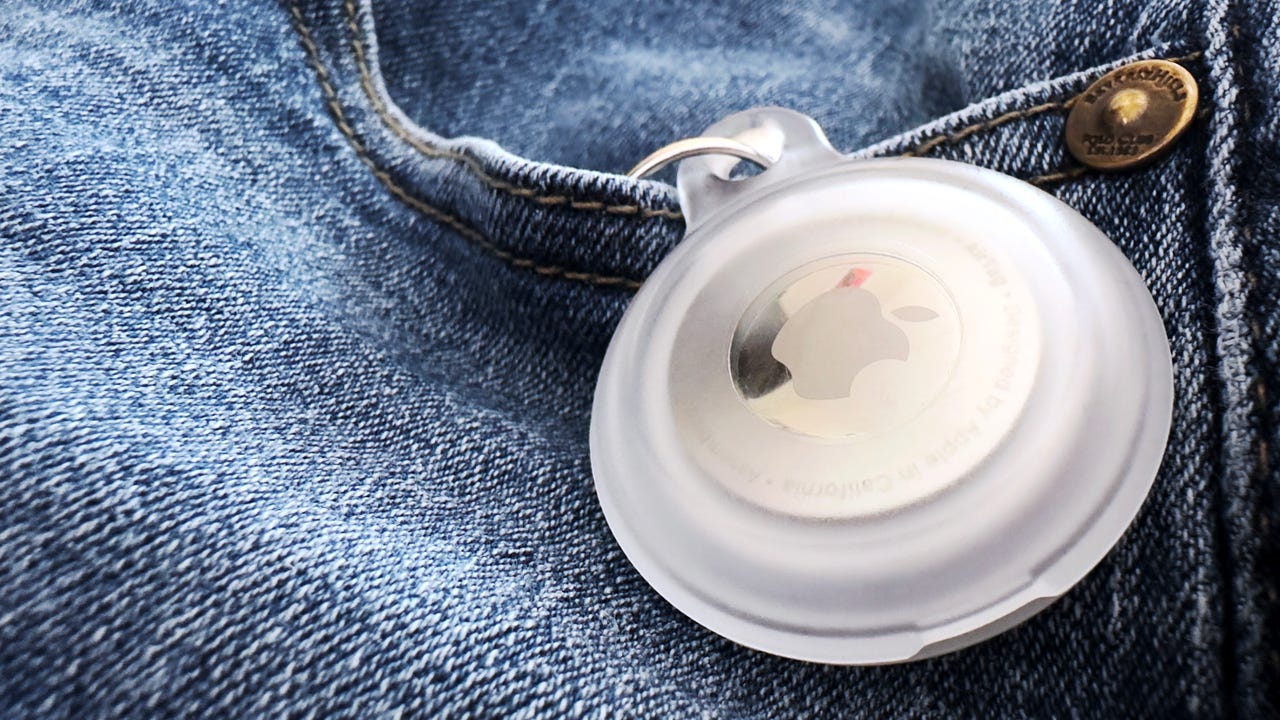
































UWB -- short for ultra-wideband -- is a low-energy, short-range radio technology that's been around for a couple of decades (it went under the name "pulse radio" for a while).
UWB makes use of super-fast signal pulses (anything up to over a billion a second) broadcast across a wide swathe of the radio spectrum (from 500MHz to several gigahertz). This allows it to avoid the interference issues that plague other technologies, such as Wi-Fi and Bluetooth.
Also: The best phones to buy: editors' top picks
While there was a point when it looked like UWB could replace Wi-Fi (that didn't happen), and that Apple might be planning to use it to replace Bluetooth for communicating with AirPods, the feature of UWB that's made it mainstream is precision finding.
Apple has included UWB support in many of its devices over the past few years, building the U1 chip into iPhones since the iPhone 11, Apple Watches starting with the Series 6, the HomePod Mini, the second-generation AirPods Pro, and, of course,AirTags .
If you use AirTags -- and if you're an iPhone user, I really think you should use them -- then you're already making use of UWB to find your misplaced keys and pets.
Also: 5 ways AirTags can simplify your life
The low-energy aspect of UWB means that a small button-cell battery can last a year in a tag (but unlike technologies like NFC, the tags do need their own power), while the precision finding feature means you can narrow your search for lost possessions down from a few hundred feet to a few inches.
Not only is it more accurate than GPS, but it also works indoors as well as outdoors.
And in the Apple ecosystem, everything just works.
Well
 Tags quentes :
Tecnologia
Smartphones
Tags quentes :
Tecnologia
Smartphones